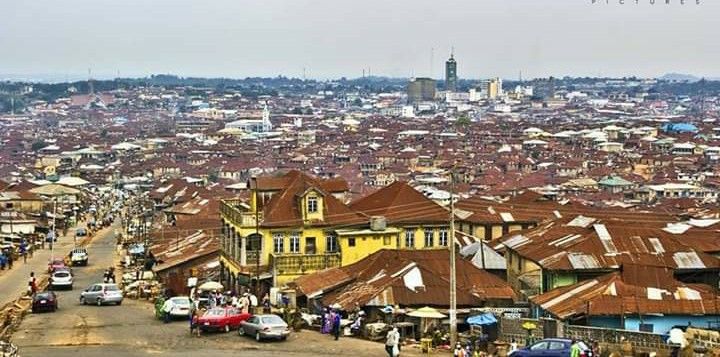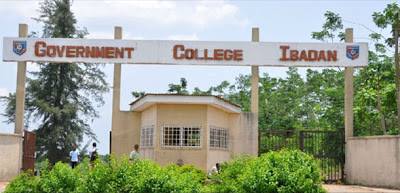Had I flinched, when I should have scurried…
I narrowly escaped being killed, in the hands of the same uniformed men that had killed Dele Udoh 4 years earlier. With death, there usually is no premonition and I had none on this fateful day. I was walking on the pedestrian walkway by the side of the big car park opposite the CBN but adjacent to Cocoa House.



